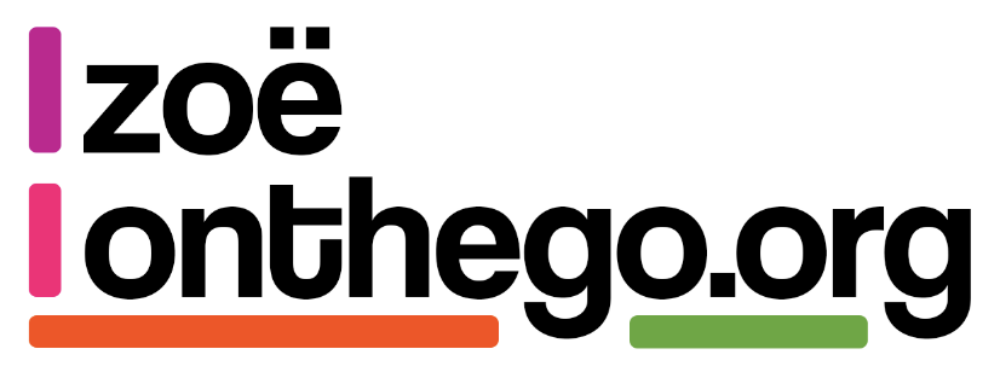How the service standards have evolved over time….
Gov.uk has recently published the new Service Standards for government and public sector agencies to use when developing public facing transactional services.
I’ve previously blogged about why the Service Standards are important in helping us develop services that meet user needs, as such I’ve been following their iteration with interest.

The service standards are a labour of love that have been changed and iterated a couple of time over the last 6 years. The initial digital by default service standard, developed in 2013 by the Government Digital Service, came fully into force in April 2014 for use by all transactional Digital Products being developed within Government; it was a list of 26 standards all Product teams had to meet to be able to deliver digital products to the public. The focus was on creating digital services so good that people preferred to use them, driving up digital completion rates and decreasing costs by moving to digital services. It included making plans for the phasing out of alternative channels and encouraged that any non-digital sections of the service should only be kept where legally required.
A number of fantastic products and services were developed during this time, leading the digital revolution in government, and vastly improving users experience of interacting government. However, these Products and Services were predominantly dubbed ‘shiny front ends’. They had to integrate with clunky back end services, and often featured drop out points from the digital service (like the need for wet signatures) that it was difficult to change. This meant the ‘cost per transaction’ was actually very difficult to calculate; and yet standard 23 insisted all services must publish their cost per transaction as one of the 4 minimum key performance indicators required for the performance platform.

The second iteration of the digital service standard was developed in 2015, it reduced the number of standards services had to meet to 18, and was intended to be more Service focused rather than Product focused, with standard number 10 giving some clarity on how to ‘test the service end to end’. It grouped the standards together into themes to help the flow of the service standard assessments, it also clarified and emphasised a number of the points to help teams develop services that met user needs. While standard 16 still specified you needed a plan for reducing you cost per transaction, it also advised you to calculate how cost effective your non transactional user journeys were and to include the ‘total cost’ which included things like printing, staff costs and fixtures and fittings.
However, as Service design as a methodology began to evolve, the standards were criticised for still being too focused on the digital element of the service. Standard 14 still stated that ‘everyone much be encourage to use the digital service’. There were also a lot of questions about how the non digital elements of a service could be assessed, and the feeling that the standards didn’t cover how large or complicated some services could be.

The newest version of the Service standard has been in development since 2017, a lot of thought and work has gone into the new standard, and a number of good blogs have been written about the process the team have gone through to update them. As a member of some of the early conversations and workshops about the new standards I’ve been eagerly awaiting their arrival.
While the standards still specifically focus on public facing transactional services, they have specially be designed for full end to end services, covering all channels users might use to engage with a service. There are now 14 standards, but the focus is now much wider than ‘Digital’ as is highlighted by the fact the word Digital has been removed from the title!
Standard number 2 highlights this new holistic focus, acknowledging the problems users face with fragmented services. Which is now complimented by Standard number 3 that specifics that you must provide a joined up experience that meets all user needs across all channels. While the requirement to measure your cost per transaction and digital take up is still there for central government departments, it’s no longer the focus, instead the focus of standard 10 is now on identifying metrics that will indicate how well the services is solving the problem it’s meant to solve.
For all the changes, one thing has remained the same thorough out, the first standard upon which the principles of transformation in the public sector are built; understand the needs of your users.
Apparently the new standards are being rolled out for Products and Services entering Discovery after the 30th of June 2019, and I for one I’m looking forward to using them.

